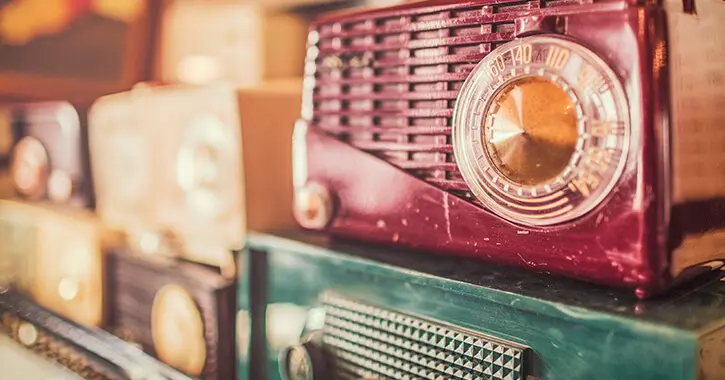Safety Guide for Vintage Appliances

Lots of homeowners enjoy vintage appliances today not because they can't afford newer ones, but because of the old-fashioned charm they bring to the room. Some people are of the mindset "If it isn't broke don't fix it," which means why replace something that's still working, no matter how old it is. If you love your old stove, refrigerator, blender, or toaster because of the character or retro appeal it brings to the room, you may want to learn more about using vintage appliances safely. Below are some tips and suggestions from the professionals at Mr. Appliance®.
Safety Guide for Vintage Appliances
At some point, you've probably heard someone say "They just don't make them like they used to," usually referring to automobiles. However, vintage appliances are much the same in that they were designed to last for a longer amount of years than some of today's modern appliances. While that cool-looking old stove or refrigerator may not be as energy efficient, you still love the look. How can you make these appliances safer to use?
- Even when cords and gas lines look fine, replace them to be on the safe side
- Thoroughly inspect gas fittings and wiring
- Certain components or parts can be hard to find, so if you're buying an antique appliance, make sure all the parts are there
- Call Mr. Appliance for a safety inspection
If you do find certain parts are missing or old ones need to be replaced, be sure to buy from a knowledgeable and reputable dealer with experience and a good reputation. We all know those DIY types who are the "Jack of all trades, master of none." Never buy replacement parts for your vintage appliances at that huge flea market on the side of the road!
Beware of Possible Safety Hazards
Depending on the age of an appliance, there may be safety issues to consider. For instance, refrigerators designed in the 1920s used gasses instead of Freon which could result in an explosion or even poisoning. Also, consider electrical cords and whether they're safe when used with the receptacles you have. Many vintage appliances are made of metal, which means you may want to consider plugging them into a GFI outlet, as the appliance may not be grounded.
Many vintage stoves have no modern safety features, so you may want to consider this, especially if you have small children. Some of these features include anti-tip technology, sealed cooling and electrical components, safety glass or shatter-proof glass shelves, and shelves that adjust without removing – which can reduce the risk of cuts for you or a kiddo. (Credit: safety.com.)
Contact Mr. Appliance for Appliance Services
Your biggest concern for an older appliance will likely be finding replacement parts if you need them. If you love the retro look and feel but aren't quite sure about an appliance, give Mr. Appliance a call and have your appliance inspected or serviced - you'll enjoy peace of mind!
 Click to call
Click to call


